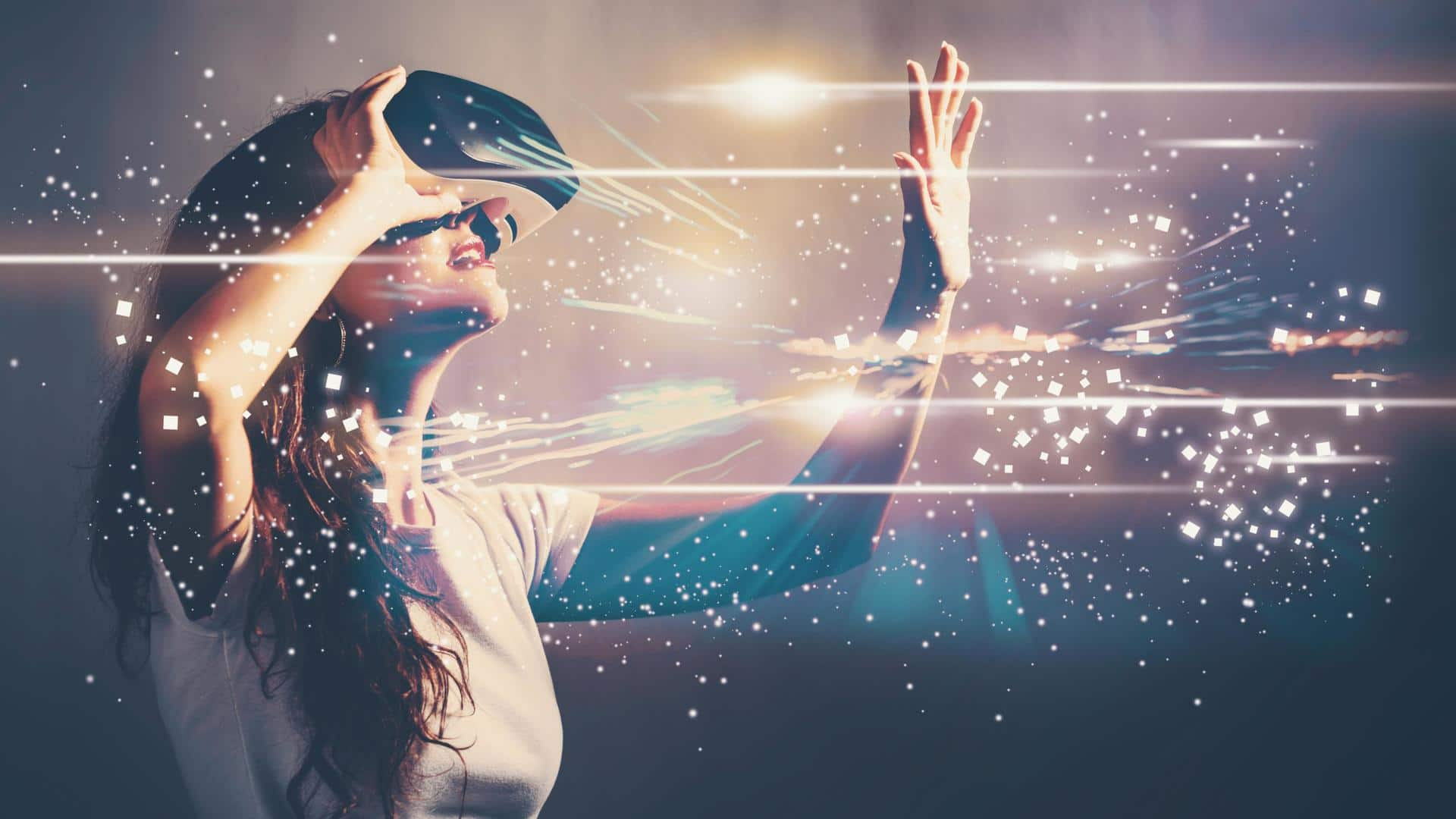
Here's a cue to use virtual reality in therapy
What's the story
Virtual reality (VR), a cutting-edge technology, has emerged as a game changer across industries. Its immersive nature holds transformative potential, reshaping our perception of the world. Particularly in the medical field, VR has proven immensely beneficial as a therapeutic tool. Join us as we delve into the realm of VR, exploring its applications and the impact it has on enhancing the well-being of individuals.
Concept
What is virtual reality?
VR uses computer processing power to produce 3D virtual landscapes that feel real. Virtual reality technology enables you to actively engage in a situation as opposed to only seeing it on a screen. All you need is a VR headset to view the scene. You can change the environment in front of you by moving your head, pointing at something, or redirecting your gaze.
Why VR
Use-cases of VR
A realistic-feeling experience that involves all five senses is what virtual reality aims to achieve. VR has advanced so much in the last few years that its use case is growing rapidly. Given the broad scope of virtual reality, its developers have several goals in mind. However, the technology is largely used for immersion/escapism, new gameplay experiences, education, job training, and in healing.
Medical field
Why is VR beneficial in the medical field?
Clinical research and the treatment of mental illnesses have both seen an increase in the use of this technology. VR-based techniques give a patient the chance to fully immerse themselves in the frightened environment. At a time when effective treatments for anxiety are desperately required, exposure therapy is a form of treatment for anxiety disorders that has solid evidence of success.
How it helps
How does VR help?
Virtual reality exposure therapy (VRET) is a convenient and economical treatment that enables the therapist to administer sensory stimulation under controlled conditions. In virtual reality, researchers discovered that digital limbs can feel identical to our own. VR technology has the potential to cause physiological and psychological reactions that may be observed through changes in stress hormone levels and other biological states.
Brain stimulation
Here's how it works
VR systems often have two visual displays, one for each eye to feel present and immersive. To generate a 3D mental representation, our brain uses data from both eyes, whether they are artificial or real. Adding extra-sensory data enhances the realism of the virtual environment by creating a sense of "physical contact with the virtual world."
Fear structures
Remodeling fear structures
In the past VR has helped people overcome post-traumatic stress disorder (PTSD) through its stimulated 3D images, sounds, and vibrations. By providing new, conflicting information and promoting emotional processing, VR's objective is to activate and remodel these fear structures. Apart from PTSD and anxiety, VR is also used to treat social anxiety disorder, agoraphobia, panic, obsessive-compulsive disorder, pain, addiction, eating disorder, and autism.